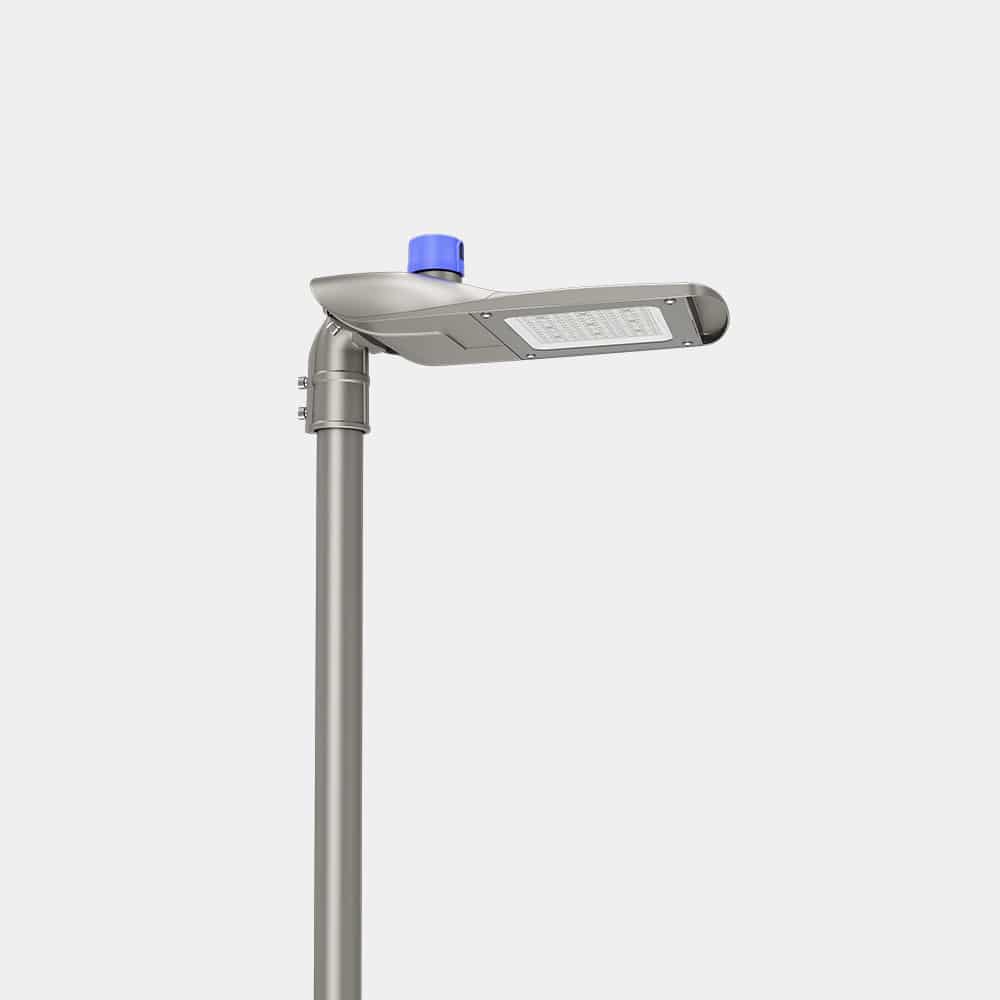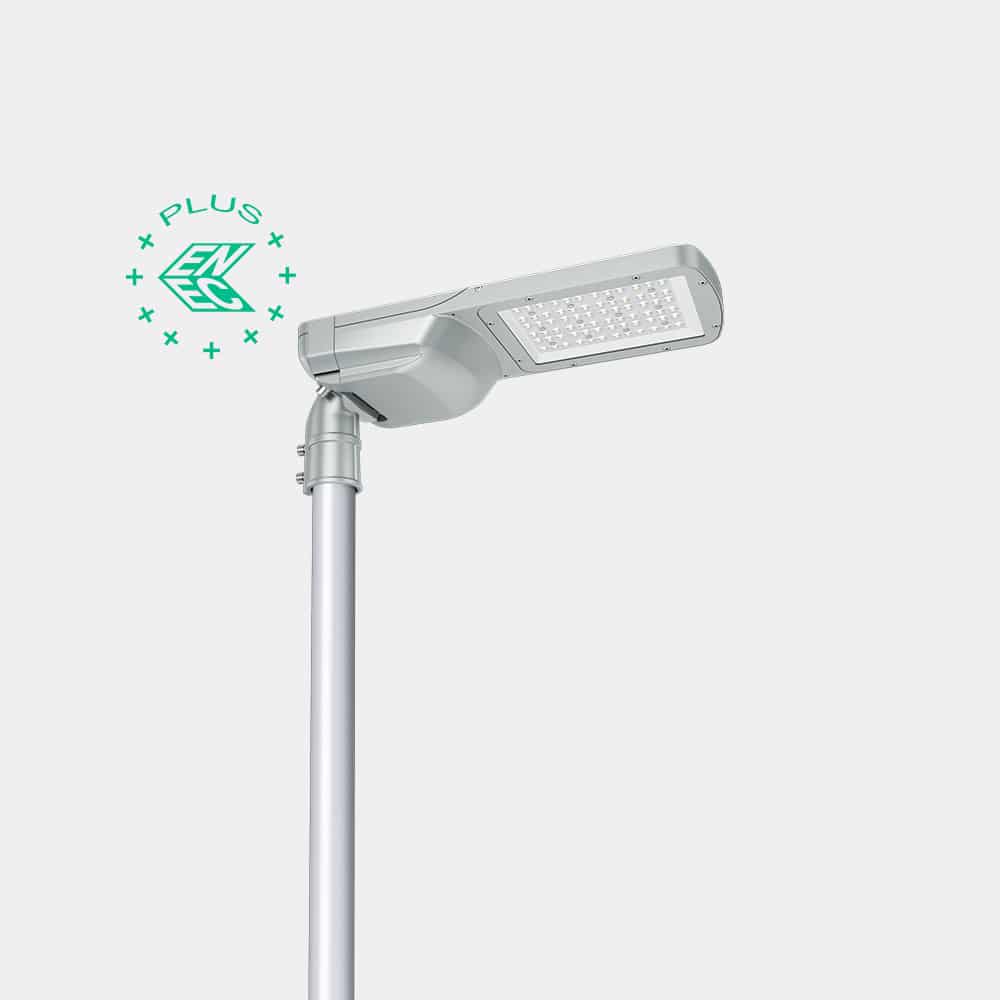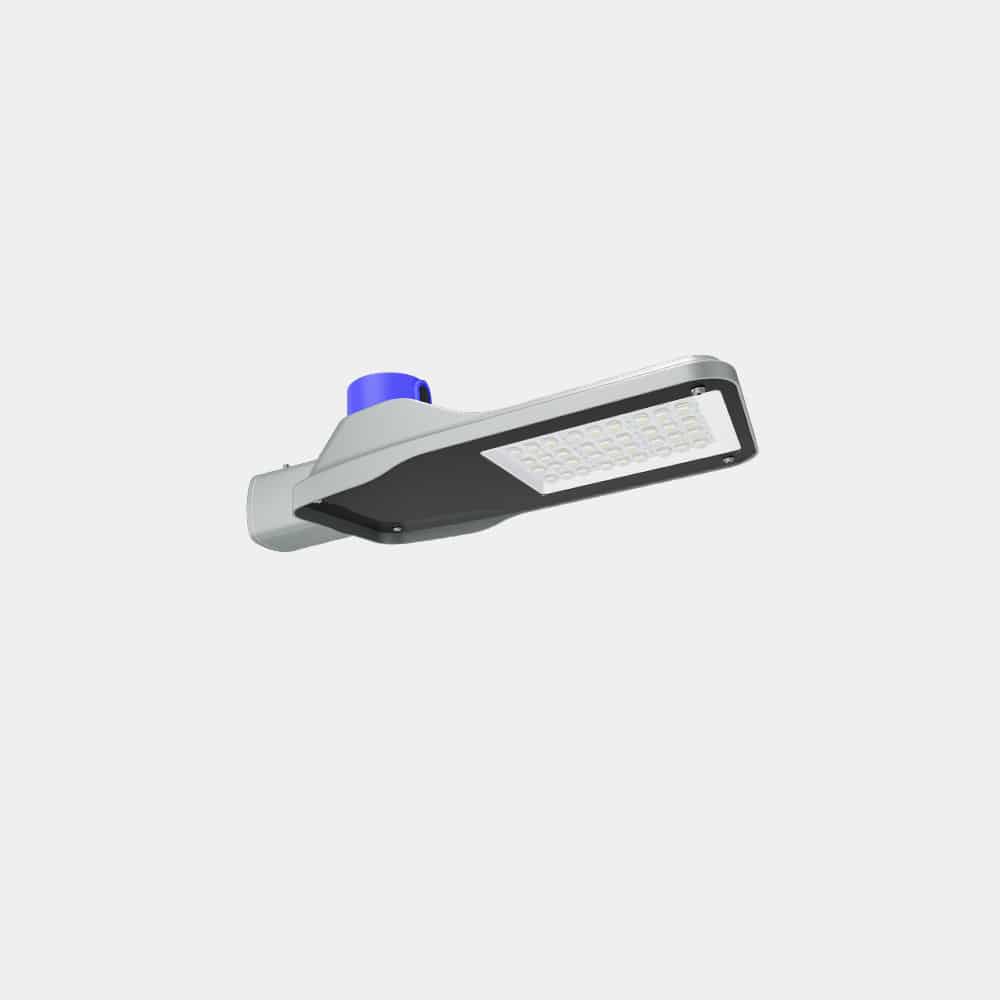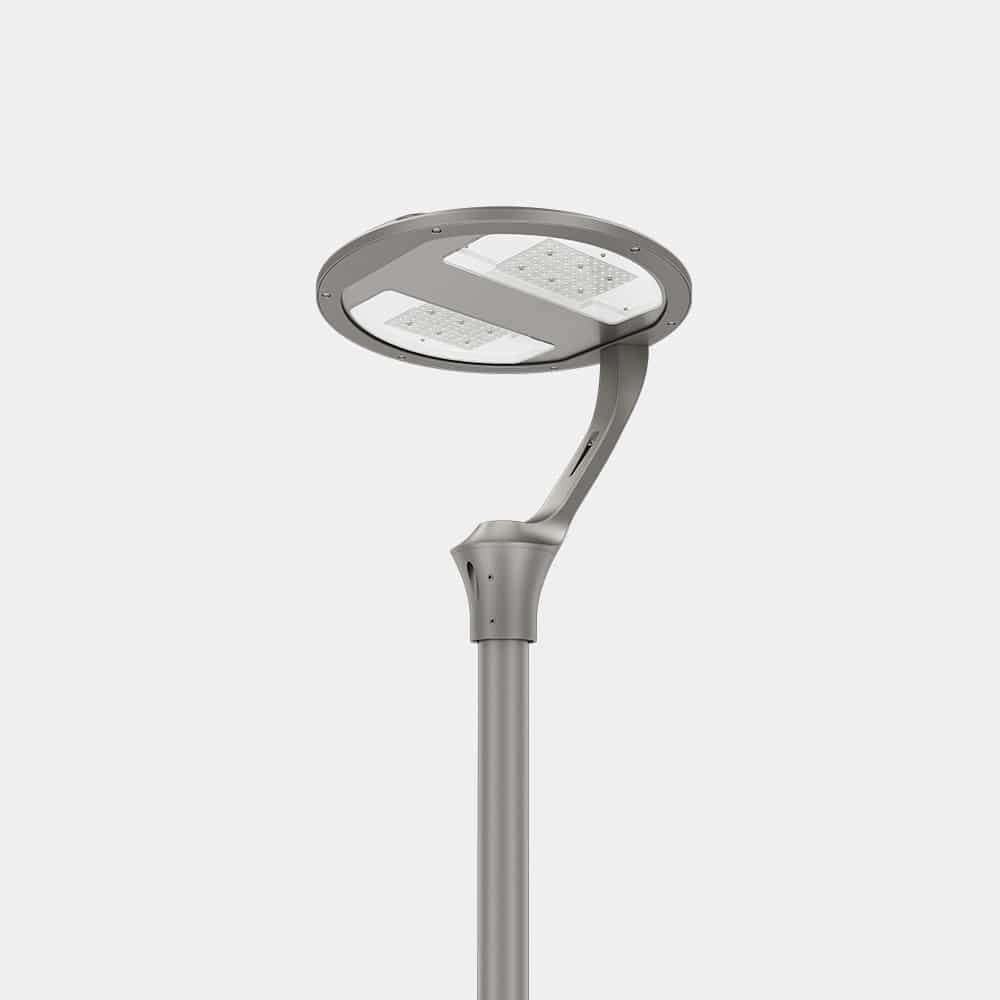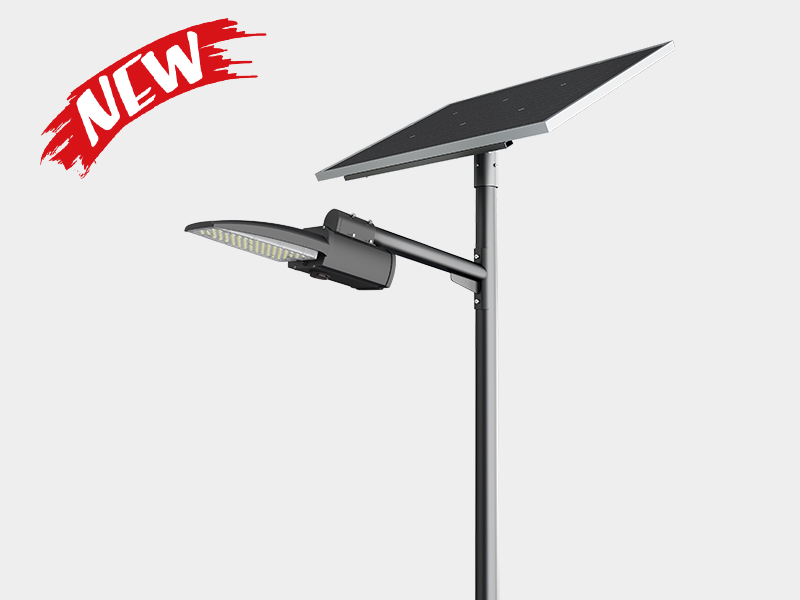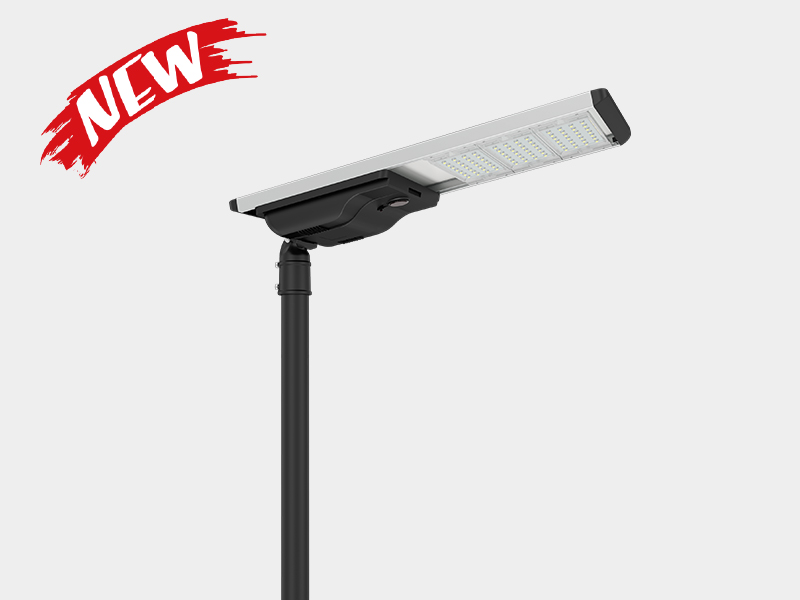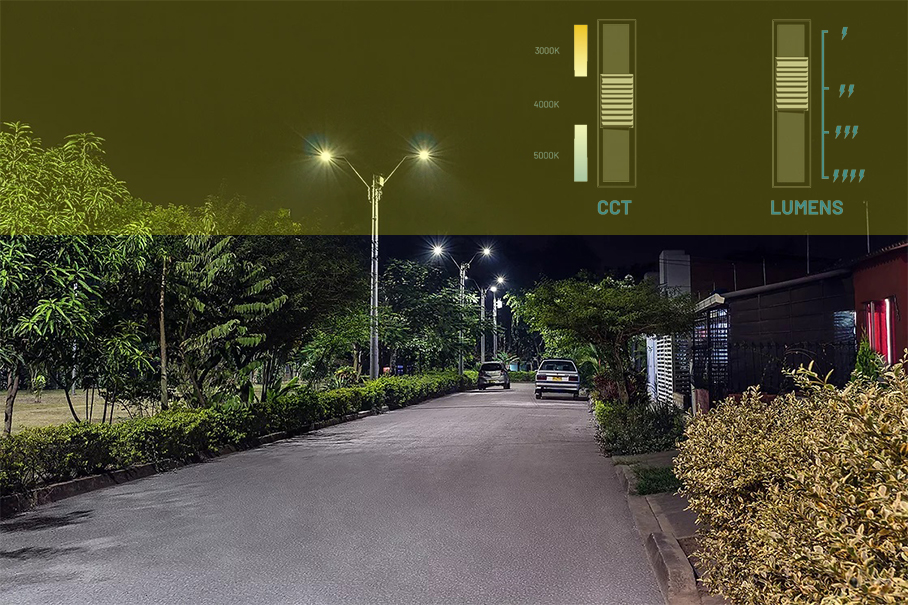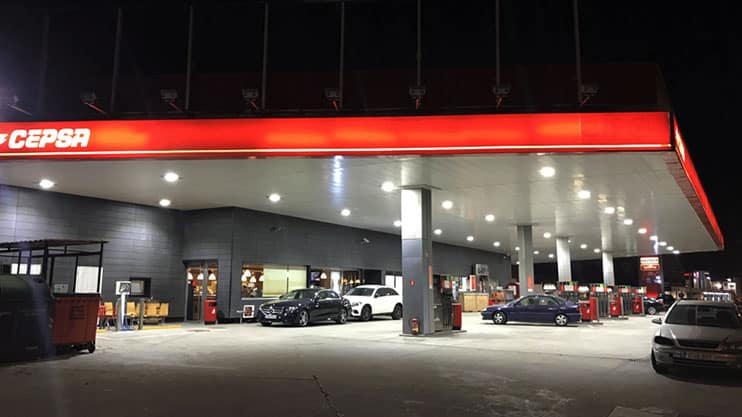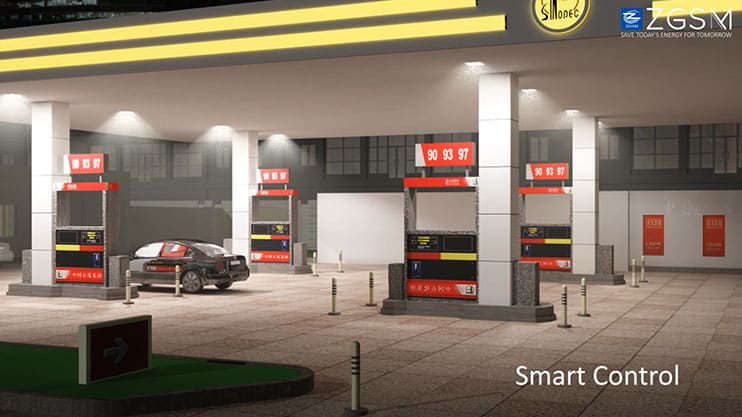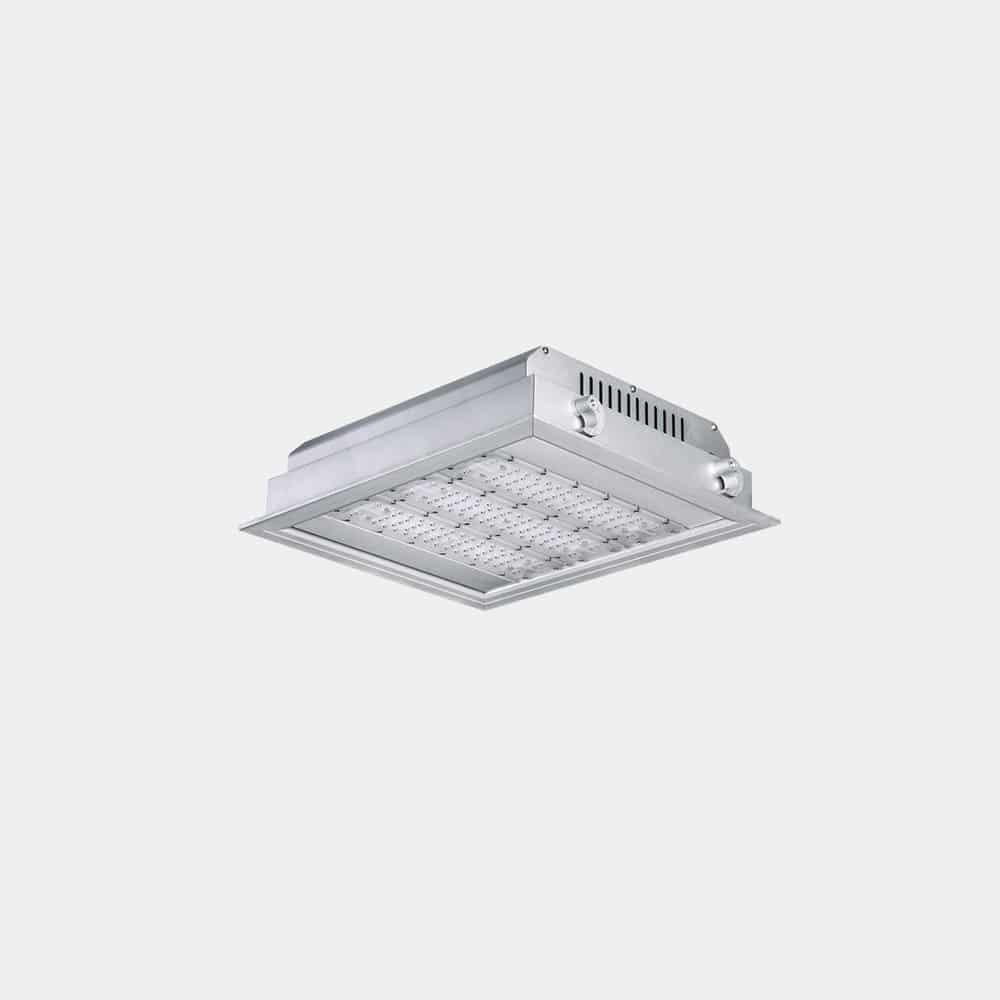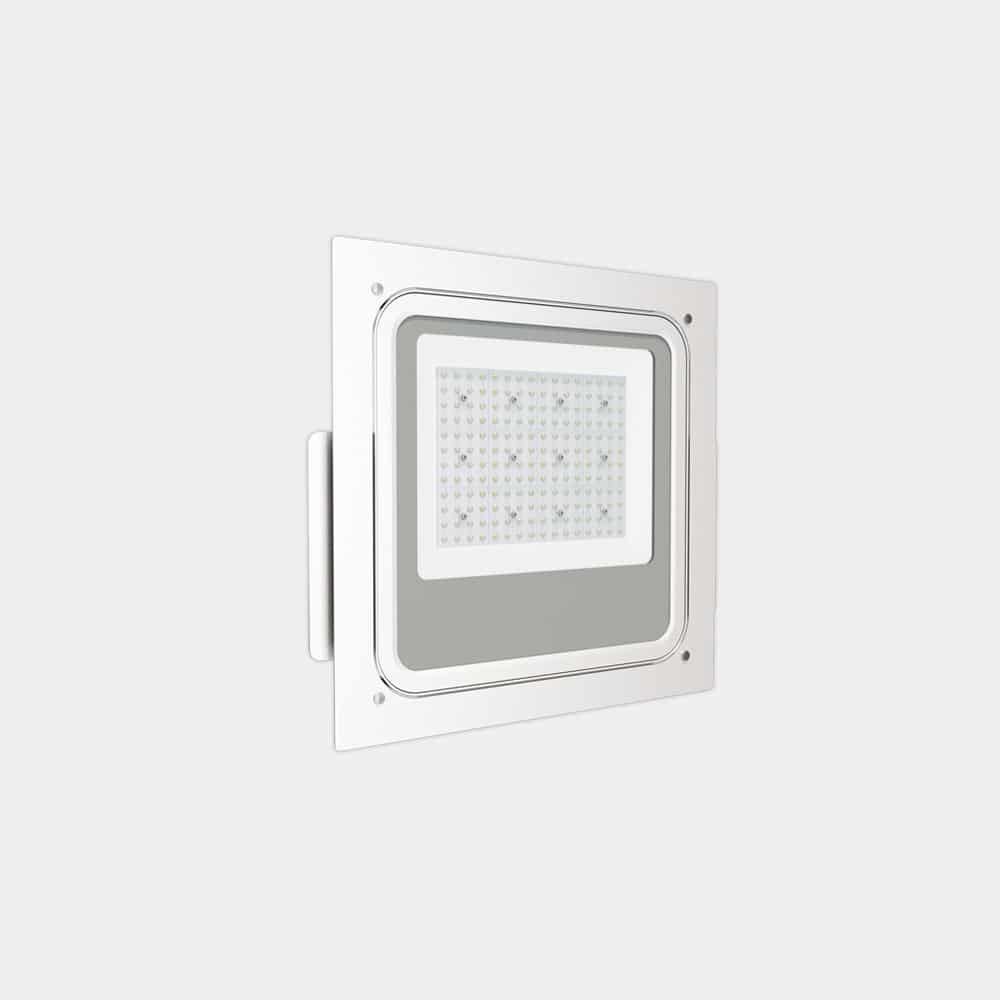Solar street light with Lithium battery shipment
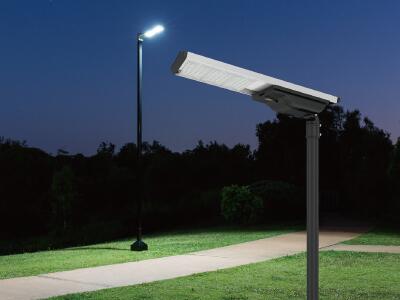
Taylor
Introduction
Lithium batteries can be found almost everywhere in our lives, such as mobile phone batteries, computer boards, electric scooters, power banks, etc. Lithium batteries refer to batteries containing lithium (including lithium metal, lithium alloys, lithium ions, and lithium polymers) in the electrochemical system. Lithium batteries are generally divided into two categories: lithium metal batteries (lithium metal battery packs) and lithium-ion batteries (including lithium-ion polymer batteries). Lithium batteries are classified as Category 9 dangerous goods during transportation. There is a risk of combustion and explosion during lithium battery shipment, and the fire spreads quickly. There are few suitable fire extinguishing methods, and the Lithium battery shipment/transportation risks are greater. In order to standardize the transportation behavior of lithium batteries, reduce the risks of lithium battery transportation, and ensure the safety of ships, human lives and property. In accordance with relevant international conventions, laws, regulations and technical standards, we have summarized and sorted out the safety technical requirements for packaging, marking, marking, placards, packing, loading and unloading and stowage isolation of lithium battery cargo by air and ship for relevant carriers , design and manufacturing units and related logistics and transportation units and personal references. The lithium batteries involved in the following content only include UN3480, UN3481, UN3090, and UN3091, while UN3536 isn’t included.
Classification of different lithium batteries
Lithium metal batteries are batteries that use lithium metal or lithium alloy as the negative electrode material and use non-aqueous electrolyte solution. They are disposable batteries and cannot be recharged and used repeatedly. Their positive electrode is usually composed of lithium ion compounds (such as lithium cobalt oxide, lithium iron phosphate, etc.), and the negative electrode is usually composed of carbon materials (such as graphite). A common lithium metal battery is a button battery. The negative electrode of lithium-ion battery is an intercalated structure material such as graphite, and the positive electrode material is mostly lithium iron phosphate (lithium compound). In the battery, lithium ions move between the positive and negative electrodes. It is a secondary battery and can be recharged and used repeatedly. Common lithium-ion batteries include power banks, mobile phone batteries, etc.
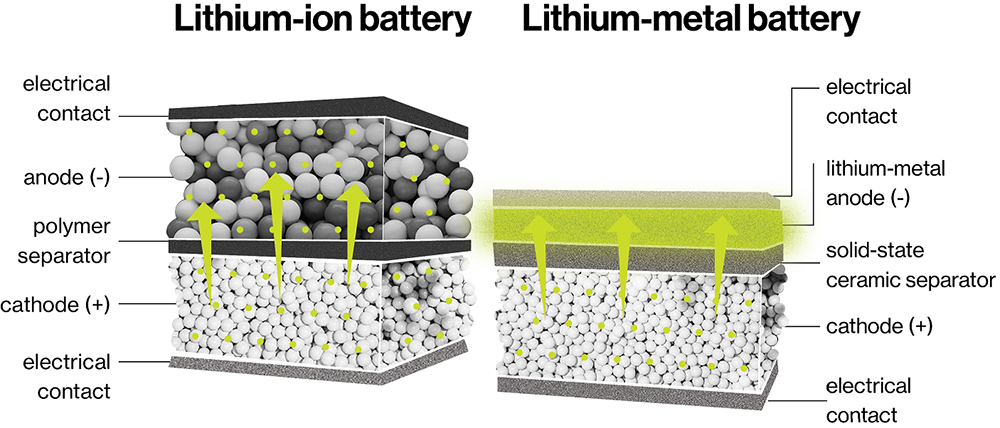
Lithium batteries are classified in Class 9 – Miscellaneous dangerous goods as below.
UN 3090, Lithium metal batteries; or UN 3480, Lithium ion batteries.
If inside a piece of equipment or packed separately with a piece of equipment to power that equipment as:
UN 3091, Lithium metal batteries contained in equipment; or UN 3091, Lithium metal batteries packed with equipment;
UN 3481, Lithium ion batteries contained in equipment; or UN 3481, Lithium ion batteries packed with equipment.
According to the corresponding standards, we can make a hazardous characteristic classification identification report for the corresponding products. Lithium metal batteries belong to 3090 or 3091, lithium ion batteries belong to 3480 or 3481. ZGSM’s solar street light products mostly belong to 3481, and their built-in lithium ion batteries belong to 3480.
Detailed classification criteria of lithium battery
If your product does not have a hazardous characteristics classification identification report. You can ask the questions below to confirm which standards your products should be shipped to. This article mainly talks about the different classifications of lithium ion batteries. The classification of lithium metal batteries is also similar. If your product falls into this category, please contact professionals or us for detailed information.
STEP 1 – What Type Of Battery/Cell Are You Shipping?
Lithium ion batteries or cells are rechargeable (secondary) lithium ion or lithium polymer cells or batteries. These are very commonly found in portable consumer electronics such as laptops, mobile phones, MP3 players, camcorders, cordless power tools, etc. And these all belong to UN3480 or UN3481. For Lithium metal batteries or cells, they are different from above, and they are belong to UN3090 or UN3091.
STEP 2 – How Are You Shipping Them?
Lithium lon battery/cells only, or Battery/cells packed with equipments(separately in the same package), or Batteries / cells contained in equipment. For different types, the requirement are different.
STEP 3 – What ls The Capacity (Watt Hour* (Wh) Rating) Of Your Lithium lon Battery/Cell?
The Watt Hours must be indicated on the outside of the battery, for batteries manufactured as of January 2009. It includes laptops, mobile phones and other small consumer electronics which have batteries with less than 100 Watt Hours (except perhaps some extra duration batteries). Or we can use the formula Ampere Hours x Voltage in case the Watt Hour rating is not marked on the battery or equipments. For Cells ≤ 20 Wh or Batteries ≤ 100 Wh Or Cells ≤ 20 Wh or Batteries ≤ 100 Wh, the requirement are different.
PS: A cell is a single encased electrochemical unit. And a battery is a number of cells electrically connected to each other and packed together in a common housing.
STEP 4 – How many cells or batteries does your package contain in total?
For the Cells less than 20Wh or batteries less than 100Wh, and the batteries are packaged with equipment. Please check to see the quantity of cells and batteries. For ≤4 Cells or ≤2 Batteries Or >4 Cells or >2 Batteries, the requirements are different.
By check these questions, you will find the requirements for shipping your goods/lighting fixtures with Lithium ion batteries. Please check below.
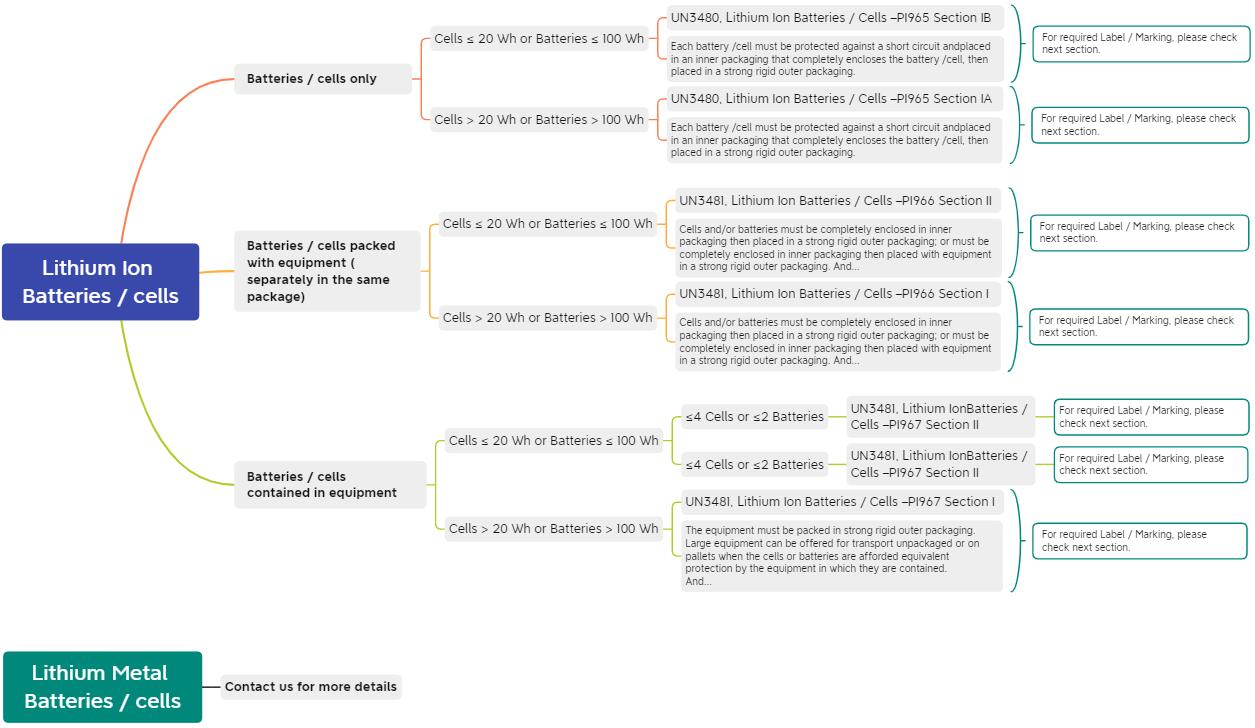
Requirements/instructions for lithium battery shipments
Both lithium-ion and lithium metal batteries have specific requirements during transportation because they are hazardous materials. Different transportation methods have different transportation requirements for lithium-ion batteries (lithium metal batteries are not introduced). For road/rail, please check the standard of ADR/RID. For sea freight, please check IMDG Code. For air freight, please check IATA DGR. The following are some common transportation requirements: According to different transportation methods (such as land transportation, air transport, sea transport, etc.), may have different restrictions and regulations. For example, airlines may have restrictions on the number and size of lithium batteries and may require special measures to ensure safety. Taking air freight (solar street light, solar flood light and other device includeing battery) as an example, the following are some of the requirements.
| Cells/Batterys | Classification | Packing instruction | Maximum net quantity per package | Label and marking | ||
| Lithium Ion Batteries | Cells ≤ 20 Wh or Batteries ≤100 Wh | UN3480 | PI965-Section IB | 10KG Cargo only | 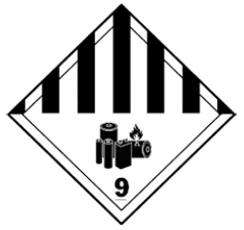 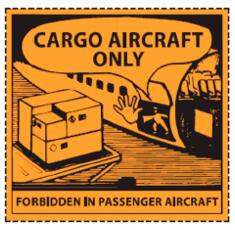 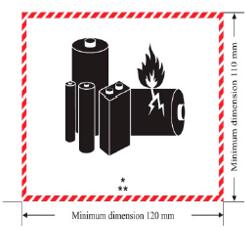 |
|
| Cells > 20 Wh or Batteries >100 Wh | UN3480 | PI965-Section IA | 35KG Cargo only |  
|
||
| Lithium Ion Batteries Packed with Equipment |
Cells ≤ 20 Wh or Batteries ≤100 Wh | UN3481 | PI966-Section II | Pax A/C = 5 kg CAO = 5 kg |
 |
|
| Cells > 20 Wh or Batteries >100 Wh | UN3481 | PI966-Section I | Pax A/C = 5 kg CAO = 35 kg |
 
|
||
| Lithium Ion Batteries Contained in Equipment |
Cells ≤ 20 Wh or Batteries ≤100 Wh | UN3481 | PI966-Section II | Pax A/C = 5 kg CAO = 5 kg |

|
|
| Cells > 20 Wh or Batteries >100 Wh | UN3481 | PI966-Section I | Pax A/C = 5 kg CAO = 35 kg |
 
|
Packaging Requirements
One of the major risks associated with shipping batteries and battery-powered equipment is short circuiting the battery due to contact between battery terminals and other batteries, metal objects, or conductive surfaces. Packaged batteries or cells must be separated to prevent short circuits and damage to terminals. In addition they must be packed in a strong rigid outer packaging. Large equipment can be offered for transport unpackaged or on pallets when the cells or batteries are afforded equivalent protection by the equipment in which they are contained.
Labeling requirements
When go with lithium battery shipment, their contents and hazards must be correctly labeled on the packaging. This often requires specific labeling on the packaging, including warning signs and hazardous material markings. The lithium battery mark is required as specified in the additional requirements of Section II of Packing Instructions 966, 967, 969 and 970. It is also required as specified in the additional requirements of Section IB of Packing Instructions 965 and 968 in addition to the Class 9 lithium battery hazard label and Cargo Aircraft Only label. The mark (see below) is as shown in Below. Place for UN number(s), i.e. UN 3090, UN 3091, UN 3480 and/or UN 3481, as applicable. The UN number(s) indicated on the mark should be at least 12 mm high.

Documentation Requirements
For international shipments, specific documentation and supporting documentation may be required, such as dangerous goods declarations, safety data sheets, and shipping documents. These documents help ensure compliance during transportation and provide necessary information to carriers and transportation agencies. These documents include MATERIAL SAFETY DATA SHEET (MSDS), UN38.3 test report and transportation identification certificate, etc. ZGSM’s solar street lights have these certifications, which can ensure the safety of our lamps during transportation. Below we explain each report one by one.
MATERIAL SAFETY DATA SHEET (MSDS): This is a detailed safety data sheet that provides information about the chemical composition, physical properties, hazards, safe operating instructions, emergency measures, etc. of lithium batteries. The MSDS is designed to provide users and handlers with the necessary safety information to ensure safety during handling and transportation.
UN38.3 test report: This refers to a test report that complies with Article 38.3 of the United Nations Recommendations on the Transport of Dangerous Goods. UN38.3 testing is a series of tests performed on lithium batteries to evaluate their safety during transportation. These tests usually include vibration testing, temperature cycle testing, pressure testing, etc. to ensure that the battery can be transported safely under various conditions. In the test report, relevant content includes manufacturer information, laboratory information, battery information (including battery type, mass, ampere-hours, battery description – name and model, etc.), test results and report date, etc.
Identification and classification report for Air/Sea transport of goods: This is a report issued by a national or international transportation agency confirming that lithium batteries meet transportation safety standards and regulations. This is usually documented by testing and evaluating the battery to demonstrate compliance with relevant shipping requirements and standards.
Shipping standards of ZGSM solar street lights with batteries ZGSM
ZGSM’s all in one solar street lights currently have complete test reports and transportation identification reports, and we provide customers with sturdy packaging and corresponding labels. The following is the packaging and labeling of our PV5 when it is shipped. These have packed our goods so that they can be transported safely, smoothly and completely to our customers.
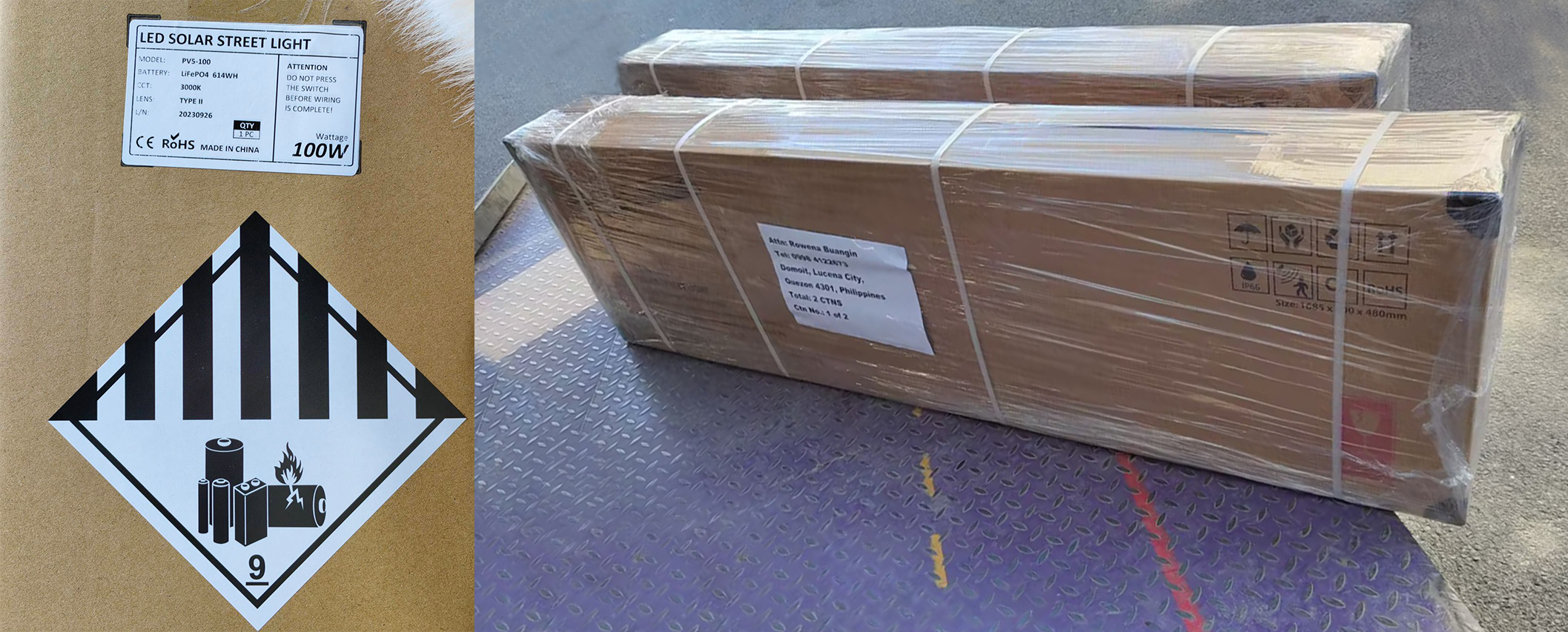
If you are interested in our other lighting fixtures, you can click on the link. These products include street lights, post top lights, gas station lights, stadium lights, etc.
Summary
This article mainly introduces the classification of different lithium batteries, which include lithium-ion batteries and lithium metal batteries. For these two types of batteries, the transportation requirements are different, so they need to be distinguished. This article also explains the transportation requirements of lithium-ion batteries. For this type of battery, the transportation requirements vary greatly under different transportation conditions (Lithium lon battery/cells only, or Battery/cells packed with equipments (separately in the same package), or Batteries / cells contained in equipment). For these different situations, combined with the size of the battery capacity and the mode of transportation (air and sea transportation), we have detailed descriptions of their transportation requirements. These requirements cover shipping document requirements, packaging requirements, labeling requirements, etc. I hope that through this article, everyone will have a better understanding of the transportation of battery products (such as solar integrated lights, split solar street light with batteries, and other lighting products), so that we can meet the corresponding requirements for the transportation of such products to ensure that the goods arrive safely to our customers.
FAQ
Related Posts
Guide for canopy light with battery backup
Tags:
Author

Taylor
Sales Engineer
I am Taylor, with 10 years of experience in lighting sales. Throughout my career, I have developed a deep understanding of the lighting industry and its products. My expertise lies in building strong relationships with clients, understanding their needs, and providing tailored lighting solutions that align with their requirements.
